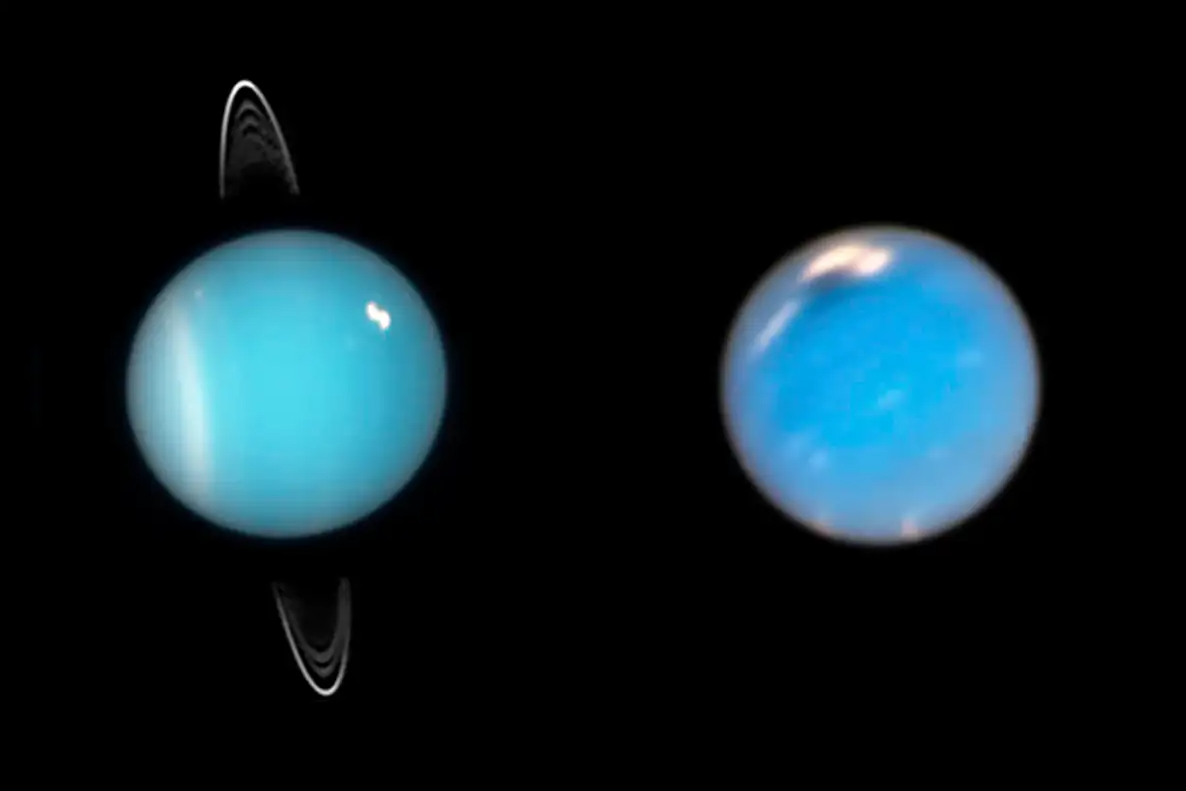
Uranus (left) and Neptune
The International Astronomical Union's Minor Planet Center has confirmed the discovery of Uranus's first new moon in more than 20 years, and two new moons around Neptune.
Of these, Uranus is the 7th planet from the sun, and Neptune is the 8th planet.
"The newly discovered trio are also the faintest moons ever discovered around two ice giant planets using Earth-based telescopes," USA TODAY reported on February 25, quoting astronomer Scott S. Sheppard of the Carnegie Institution for Science in Washington (USA), who contributed to the discovery of the moons.
The new moon is Uranus's 28th known moon, and Neptune now has 16 moons.
How are new moons found?
Astronomer Sheppard observed the new moons using telescopes in Hawaii and Chile.
The trio of moons move at a snail's pace compared to Earth's moon, with Neptune's smaller moon taking 27 years to complete its orbit around the eighth planet of the solar system. That's why it took astronomers years to notice their presence.
"Because these moons move so slowly relative to the stars and galaxies behind them, single-shot, long-exposure photography is not an ideal technique for capturing images of moving objects," said Sheppard.
When multiple long exposures are layered together, stars and galaxies appear as light trails. Moving objects like Uranus and Neptune are used as reference points, allowing the faint moons around them to be detected.
Scientists believe there are still many moon fragments around the two planets that have not yet been discovered.
Source link



![[Photo] General Secretary To Lam receives Vice President of Luxshare-ICT Group (China)](https://vphoto.vietnam.vn/thumb/1200x675/vietnam/resource/IMAGE/2025/11/15/1763211137119_a1-bnd-7809-8939-jpg.webp)

![[Photo] Prime Minister Pham Minh Chinh meets with representatives of outstanding teachers](https://vphoto.vietnam.vn/thumb/1200x675/vietnam/resource/IMAGE/2025/11/15/1763215934276_dsc-0578-jpg.webp)


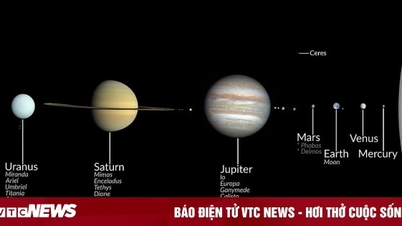

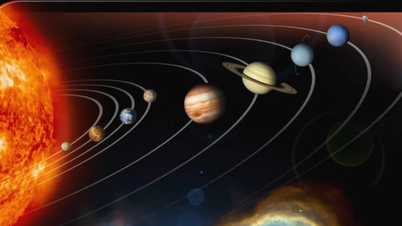

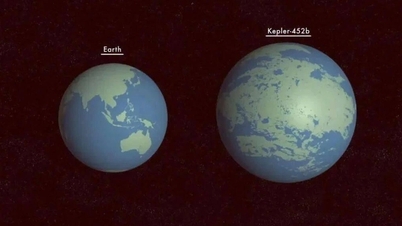



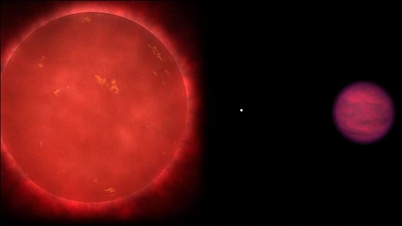




























































































Comment (0)